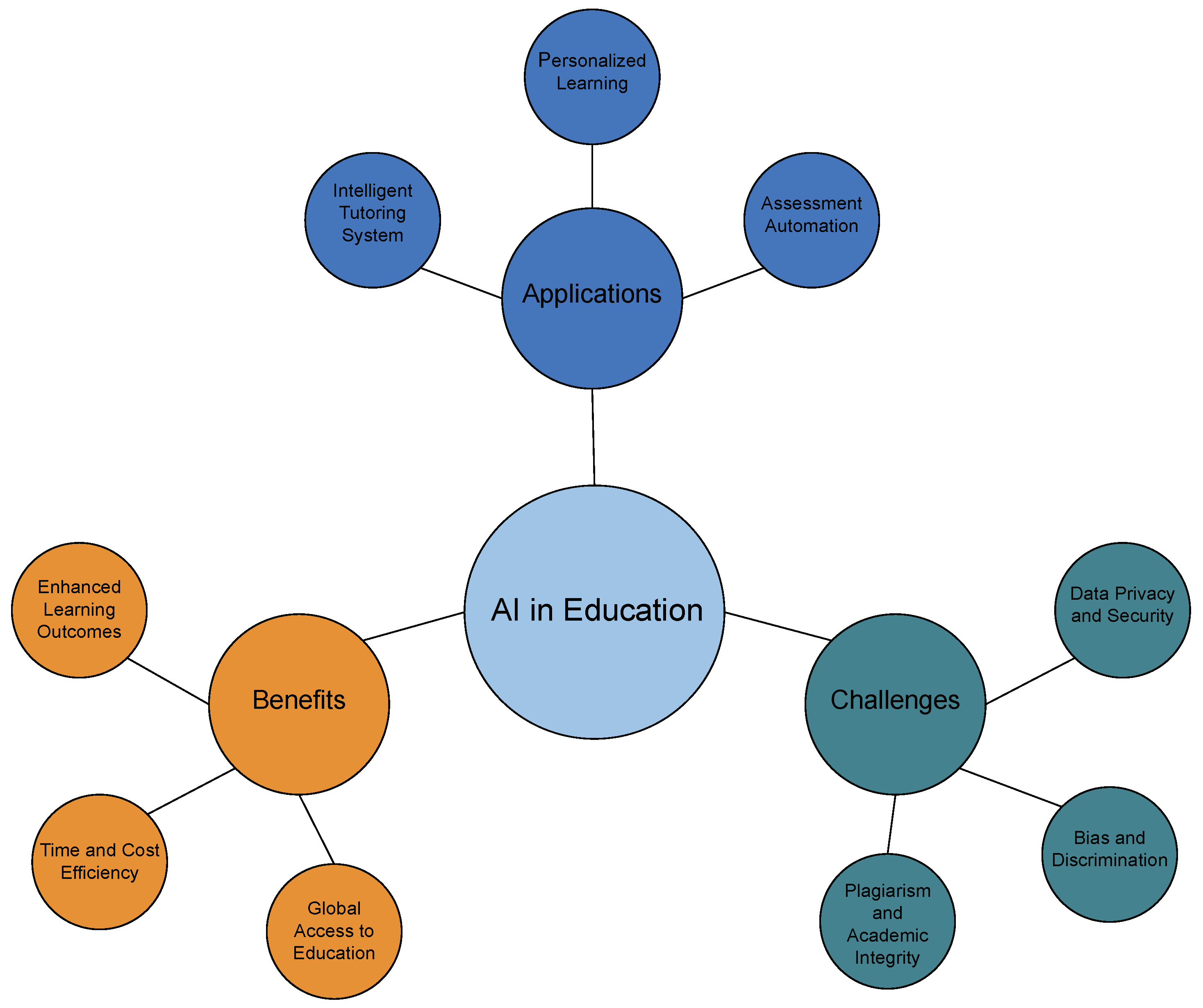How are Website Design Services Adapting to Voice Search & Smart Assistants?

Website design services are evolving rapidly. The rise of voice search and smart assistants is a big reason for this change.
Voice search is becoming more popular. Smart assistants like Alexa and Google Assistant are now household names. People use them for almost everything, from checking the weather to making online purchases. This shift is forcing website designers to rethink their strategies.
They must create sites that are easy to navigate by voice commands. They also need to ensure that their content is easily found by voice search algorithms. This new approach can be challenging but also offers exciting opportunities. In this blog, we’ll explore how website design services are adapting to this new trend. Stay with us to learn more about these changes and their impact.
Rise Of Voice Search
The rise of voice search is reshaping the digital world. Voice search allows users to speak into their devices instead of typing queries. This technology is becoming more popular with smart assistants like Siri, Alexa, and Google Assistant. Website design services are evolving to meet these changes.
Growing Popularity
Voice search is growing rapidly. More people prefer using their voice for search queries. According to a recent study, over 50% of all searches will be voice searches by 2025. This shift is driven by the increasing adoption of smart assistants and the convenience they offer. People find it easier and faster to speak than to type.
This growing popularity means websites need to adapt. Designers are focusing on making websites voice-search friendly. They are optimizing content for natural language processing. This includes using more conversational language and long-tail keywords.
Impact On User Behavior
The rise of voice search is changing user behavior. Users now expect quick and accurate responses. They use voice search for various tasks, from finding local businesses to getting directions. This means websites must provide relevant and concise information.
Another impact is the increase in mobile searches. Many voice searches are done on mobile devices. Therefore, websites need to be mobile-friendly. They should load quickly and provide a seamless user experience. This includes having clear headings, easy navigation, and fast-loading pages.
In conclusion, the rise of voice search is significantly impacting website design. Designers and developers must stay updated with these trends. They need to ensure websites meet the needs of voice search users.
Smart Assistants Integration
Smart assistants are changing the way we interact with websites. Many users now prefer speaking to their devices. This shift impacts website design. Web designers must adapt to these changes. Let’s dive into how smart assistants are being integrated.
Types Of Smart Assistants
There are many smart assistants available today. Each has unique features. Here are a few popular ones:
- Amazon Alexa
- Google Assistant
- Apple Siri
- Microsoft Cortana
These assistants help users perform various tasks. They are becoming part of everyday life.
Role In Daily Life
Smart assistants are useful in many ways. They help with tasks like:
- Setting reminders
- Playing music
- Searching for information
- Controlling smart home devices
People rely on these assistants more each day. Websites must be optimized for voice search.
Table: Smart Assistants And Their Features
| Smart Assistant | Features |
|---|---|
| Amazon Alexa | Voice shopping, smart home control, music playback |
| Google Assistant | Voice search, reminders, smart home control |
| Apple Siri | Voice commands, personal assistant features, integration with iOS |
| Microsoft Cortana | Voice search, reminders, integration with Windows |
Web design must evolve. It should support voice commands and smart assistants. This makes it easier for users to interact with websites. It also enhances user experience.
Challenges For Web Designers
Website design services face new challenges with the rise of voice search and smart assistants. Designers must adapt to these changes to meet user expectations.
Technical Hurdles
Voice search introduces many technical hurdles for web designers. Websites need to be optimized for natural language processing (NLP). This ensures search engines understand and index spoken queries.
Additionally, integrating structured data is crucial. Structured data helps search engines understand the content better. This improves the chances of appearing in voice search results.
Another technical challenge is page speed. Voice search users expect quick results. Websites must load fast to meet these expectations. Designers need to minimize elements that slow down the site.
User Experience Considerations
User experience (UX) is vital in voice search optimization. Designers must ensure content is concise and easy to understand. Long paragraphs can be overwhelming for voice search users.
Navigation is another critical aspect. Websites should have a clear and straightforward structure. This helps voice assistants find and deliver the right information.
Designers should also consider mobile-friendliness. Many voice searches happen on mobile devices. A responsive design ensures a seamless experience across all devices.
| Challenge | Solution |
|---|---|
| Natural Language Processing | Optimize for NLP |
| Structured Data | Integrate structured data |
| Page Speed | Minimize load times |
| Content | Keep it concise |
| Navigation | Ensure clear structure |
| Mobile-Friendliness | Responsive design |

Voice Search Optimization
The rise of voice search and smart assistants is changing how websites are designed. Voice search optimization is now essential for staying relevant. Users speak to their devices and expect quick, accurate answers. This trend is here to stay.
Seo Strategies
SEO strategies must adapt to voice search. Here are some key tactics:
- Use natural language keywords. People speak differently than they type.
- Optimize for long-tail keywords. Voice searches are often longer phrases.
- Focus on local SEO. Many voice searches are location-specific.
Consider how users ask questions. Use question-and-answer formats. This improves your chances of being featured in voice search results.
Content Adaptation
Content adaptation is crucial for voice search. Here are some strategies:
- Create conversational content. Write as if you’re speaking to someone.
- Use structured data. This helps search engines understand your content better.
- Make sure your content is mobile-friendly. Many voice searches are done on mobile devices.
Short, concise answers work best. Users want quick information.
Designing For Conversational Interfaces
As voice search and smart assistants become more popular, website design services need to adapt. Designing for conversational interfaces is key. It focuses on creating user-friendly experiences. These interfaces make it easier for users to interact with websites using voice commands. This shift requires a fresh approach to several aspects of design.
Natural Language Processing
Natural Language Processing (NLP) is crucial for understanding user queries. NLP helps smart assistants comprehend and respond to spoken language. Designers must ensure their websites can interact smoothly with these systems. This involves optimizing content for voice search. Use natural, conversational phrases instead of formal, keyword-stuffed text.
Here’s how designers can adapt:
- Use common speech patterns in content.
- Implement structured data to improve search result accuracy.
- Create FAQs that match voice search queries.
User Interaction Design
User Interaction Design focuses on how users engage with a website. For voice interfaces, this means simplifying navigation. Users should find what they need without complex commands. Designers should prioritize clear, concise information.
Key considerations include:
| Aspect | Consideration |
|---|---|
| Navigation | Ensure commands are simple and intuitive. |
| Content | Provide direct answers to common questions. |
| Voice Feedback | Incorporate audio responses for user confirmation. |
By focusing on these elements, designers can create websites that are both voice-search friendly and easy to use. This approach ensures that users have a seamless experience, whether they are typing or speaking their queries.

Accessibility Enhancements
Website design services are evolving to meet the needs of voice search users. This shift is making websites more accessible and user-friendly. The focus is on ensuring everyone can navigate and interact with websites easily.
Inclusivity Focus
Designers are prioritizing inclusivity in their projects. They create interfaces that are easy to use for people with disabilities. This approach benefits all users, offering a seamless experience.
Clear text, intuitive layouts, and simple navigation are key features. These elements help users find information quickly. Sites are also incorporating alternative text for images. This aids visually impaired users who rely on screen readers.
Voice-activated Navigation
Voice-activated navigation is becoming more common. It allows users to control websites using their voices. This feature is crucial for people who have difficulty using traditional input devices.
Websites are integrating with smart assistants like Alexa and Google Assistant. Users can perform tasks without typing or clicking. They can search for information, make appointments, or buy products with voice commands.
Voice search requires clear and concise content. Designers are optimizing websites for this purpose. They use simple language and short sentences. This makes it easier for voice assistants to understand and relay information.
Future Trends
The rise of voice search and smart assistants is reshaping website design services. Designers are now focusing on creating sites that respond well to voice commands. This shift is leading to new trends that will define the future of web design.
Ai And Machine Learning
AI and machine learning are key to adapting to voice search. These technologies help websites understand and predict user needs. With AI, sites can offer personalized experiences. They can also improve the accuracy of voice search results.
Machine learning helps websites learn from user interactions. It allows sites to get better over time. This makes the user experience smoother and more efficient. As AI and machine learning evolve, website design will become more intuitive.
Emerging Technologies
New technologies are also shaping the future of web design. Voice user interfaces (VUIs) are becoming more common. They allow users to interact with websites through voice commands. This makes browsing easier and more accessible.
Augmented reality (AR) is another emerging trend. AR can create immersive experiences for users. It can enhance product displays and virtual tours. These technologies are making websites more engaging and interactive.
As voice search and smart assistants become more popular, these trends will continue to grow. Websites will need to adapt to stay relevant. Embracing these changes will help businesses meet the needs of their users.
Case Studies
Case studies provide a clear picture of how website design services are adapting to the rise of voice search and smart assistants. Companies have begun to change their strategies to remain relevant in this new era. These adaptations provide valuable insights for other businesses looking to optimize their websites.
Successful Adaptations
One notable case is a leading e-commerce platform. They redesigned their website to support voice search. This change led to a significant increase in user engagement. Voice commands allowed customers to search for products quickly. The website’s interface became more user-friendly.
Another example is a local service provider. They integrated smart assistant features into their site. Users could book appointments using voice commands. This integration simplified the user experience. It also boosted their customer satisfaction ratings.
Lessons Learned
Companies learned that voice search optimization requires concise content. Long paragraphs make it difficult for voice assistants to extract information. Clear, short answers work best. Websites must also use natural language. This approach aligns with the way users speak.
Another lesson is the importance of structured data. Marking up content helps smart assistants understand and present information. This practice enhances the chances of being featured in voice search results. Prioritizing user experience is crucial. Simplifying navigation and improving load times are key factors.

Frequently Asked Questions
How Does Voice Search Impact Website Design?
Voice search influences website design by prioritizing mobile-friendly layouts and fast load times. It also emphasizes clear, conversational content.
Are Smart Assistants Changing Web Design Strategies?
Yes, smart assistants are prompting designers to focus on natural language processing and intuitive user interfaces for better accessibility.
What Is The Role Of Conversational Ui In Web Design?
Conversational UI enhances user experience by allowing interactions through natural language, making websites more user-friendly and accessible.
How Can Websites Optimize For Voice Search?
Websites can optimize for voice search by using long-tail keywords, creating conversational content, and improving mobile compatibility.
Conclusion
As voice search and smart assistants grow, website design adapts. Designers now focus on voice-friendly features. They use conversational content and fast loading times. These changes improve user experience. Businesses must stay updated. Adapting to these trends is essential. It helps them remain competitive.
The future of web design is evolving. Embrace these changes for success.



